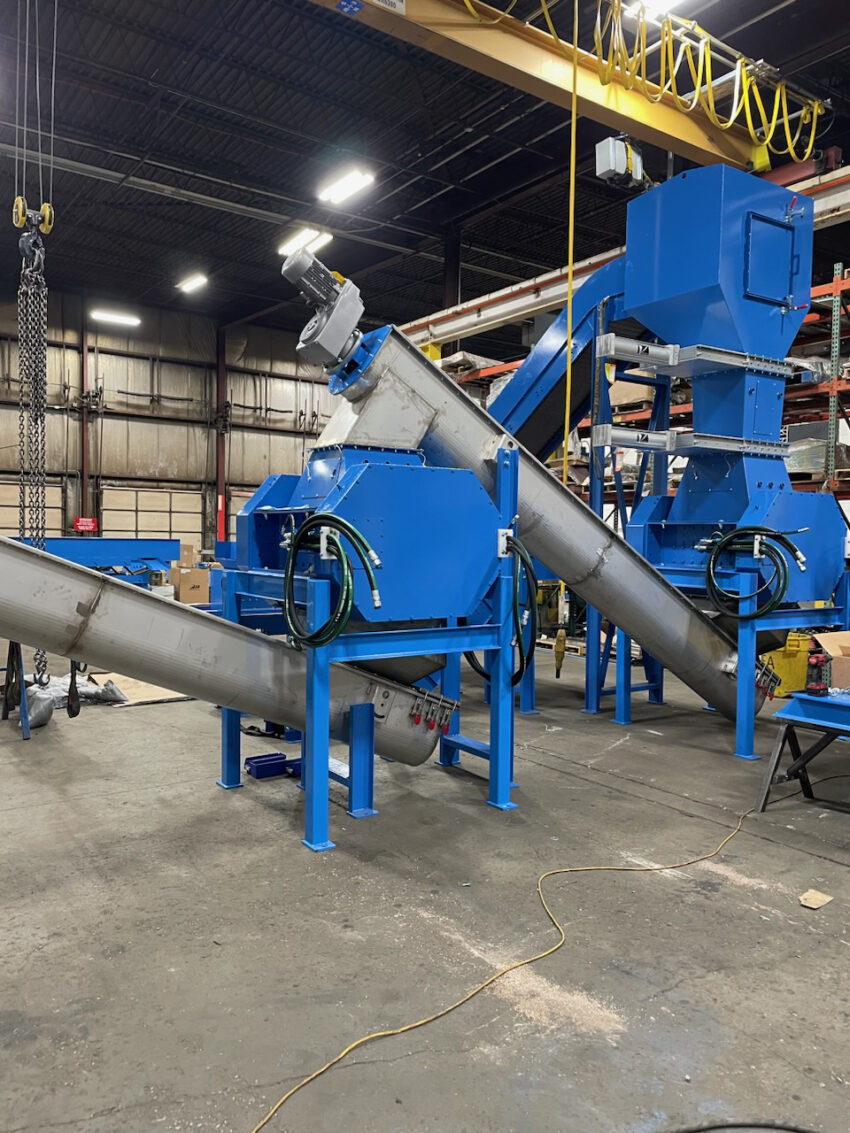For recyclers involved with the rapidly expanding lithium-ion (Li-ion) and lithium iron phosphate (LiFePO4) battery recycling market, there is an ongoing debate within the industry concerning the merits and pitfalls of dry versus wet (water-based) processing.
While both methods can be used to recycle these types of batteries, it is important to consider the pros and cons of both approaches, according to John Neuens, industrial consultant for Milwaukee, WI-based LithiBatt, a division of BCA Industries. LithiBatt provides both dry and wet, turnkey, closed loop, recycling systems for Li-ion, LiFePO4, nickel metal hydride, zinc-bromine, and other types of batteries.
The Pros and Cons of Dry Recycling Systems
• Dry battery recycling systems are the most prevalent type today.
• However, the variety of batteries that must be dismantled from packs and discharged can make a dry system prohibitive from a cost and return on investment standpoint.
• With dry systems, there can be safety issues related to battery discharge. When dry processing Li-ion and LiFePO4 batteries, it can be very challenging to control dangerous conditions like thermal runaway, self-generating oxygen that can lead to hazardous battery fires.
• Dry battery recycling systems tend to be smaller to limit the volume of combustible material and the danger of thermal runaway.
The Pros and Cons of Wet Battery Recycling Systems
• Wet Li-ion and LiFePO4 battery recycling systems are more complex and less common than dry systems, involving several separate stages that must be sufficiently integrated by an experienced manufacturer.
• Once installed, Li-ion and LiFePO4 batteries of all sizes and chemistries can be quickly and profitably reduced into valuable, reusable, or saleable materials without disassembly.
• Since the recyclable Li-ion battery material does not readily absorb water, a wet system can be used to cool the materials and quash incipient fires. Combined with nitrogen to eliminate combustible oxygen, a wet system can control and eliminate thermal events. By preventing thermal events, processing is faster with higher battery weights and volumes possible.
• A wet system can recycle tons of Li-ion or LiFePO4 material per hour to whatever sellable state is required.
• A proprietary wet process is currently being used to shred the biggest EV packs for the world’s largest EV maker.
For industry professionals still undecided about whether to consider a dry or wet battery recycling system, Neuens suggests that they should inquire about both, weigh the pros and cons for their goals, and then move forward with the system that best fits their needs.
For more information: call 414-353-1002; email [email protected]; visit www.bca-industries.com.

